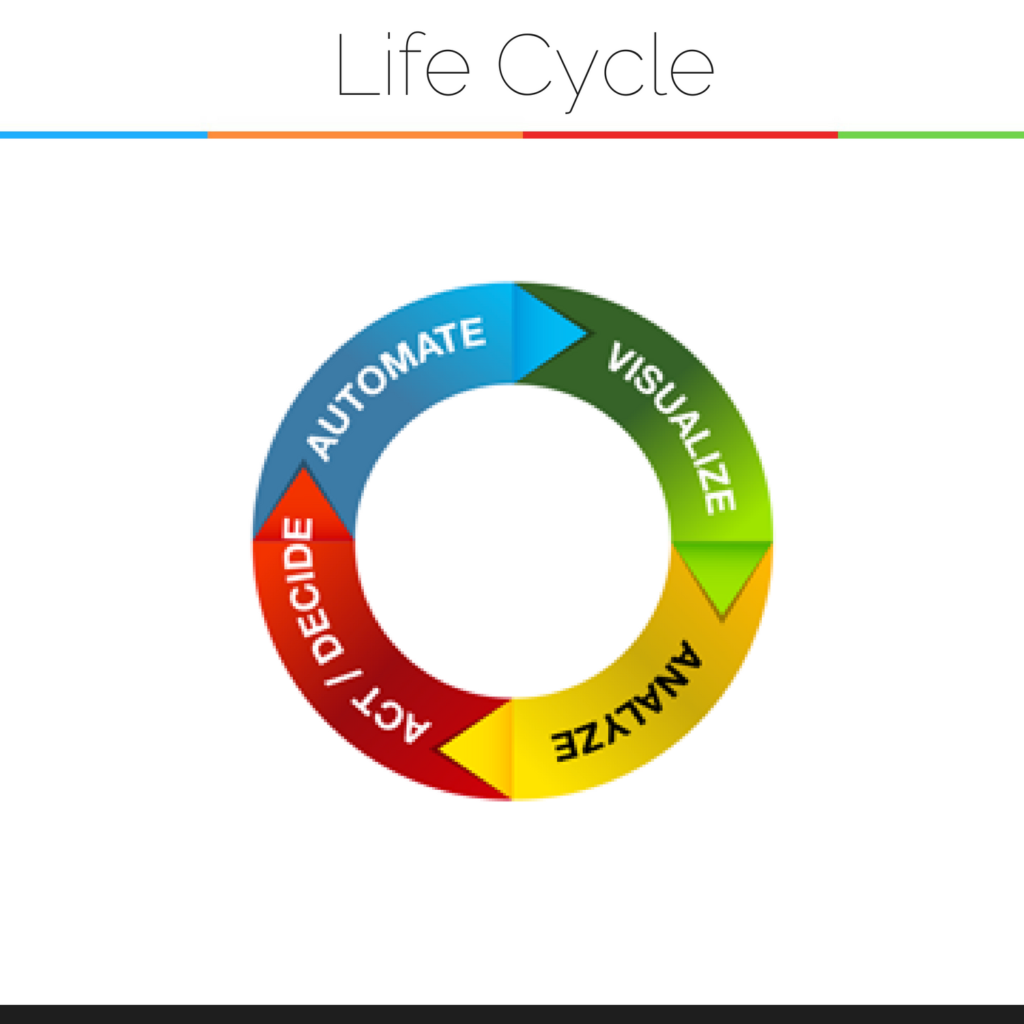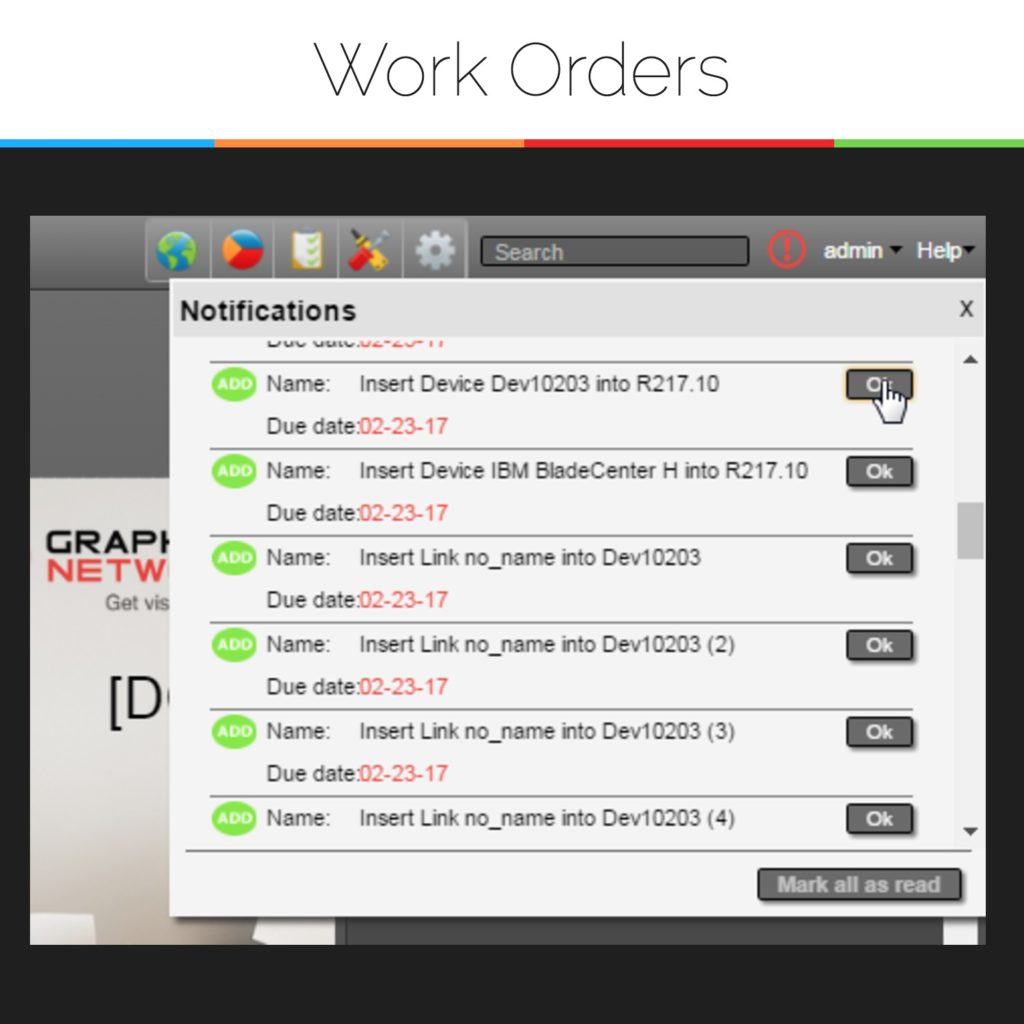 Have you been using spreadsheets and Visio diagrams to document your data center and networks? Are you considering upgrading to DCIM or an automated network diagramming solution? I’ve consulted on numerous project approvals and over the years, I’ve found that two key questions pop up time and time again:
Have you been using spreadsheets and Visio diagrams to document your data center and networks? Are you considering upgrading to DCIM or an automated network diagramming solution? I’ve consulted on numerous project approvals and over the years, I’ve found that two key questions pop up time and time again:
- How, exactly, will you maintain the diagrams?
- How will the Network Dept and/or the Data Center group use this new shiny toy?
Both of these big-ticket questions are essentially asking the same thing: how can we ensure the software won’t become shelfware? It’s a crucial question for all parties involved (afterall, software vendors like us want happy customers that use the software for many, many years).
So, how can you avoid the shelfware effect and maintain the diagrams and ensure that new IT documentation software delivers the promised ROI?
For the sake of demonstration, we’ll use our documentation software netTerrain as an example. Simply put, netTerrain will need to be included as part of your change management process. According to Wikipedia, “the change management process in systems engineering is the process of requesting, determining attainability, planning, implementing, and evaluating of changes to a system.”
How do you do this? Let’s say you need to swap out switches on your network. If these changes are done adhoc and not documented, this leads to a downward spiral of your new shiny tool not being up to date and a downward spiral in becoming shelfware.
With software, this process usually happens (hopefully!) via work order management. netTerrain, like many DCIM solutions, includes work order management functions to track the CRUD (Create, Read, Update and Delete) or equipment inside your rack/cabinet in a data center or telco closet.
This process can also happen through a service desk application. Because some of the service desk applications can not go down to a port level change, a DCIM solution can bring it all together. Heck, you can connect to your services desk application (such as Service Now, Remedy) using netTerrain’s Integration toolkit and correspond changes from the service desk to netTerrain DCIM.
Changes need to be implemented from the top down: management needs to dictate that any changes done inside a data center and that they must be documented through a change management process (such as through work order management). Having a policy in place, along with software that can implement it, is key to ensuring your DCIM or network documentation project doesn’t end up collecting dust, and truly delivers the ROI you need.

